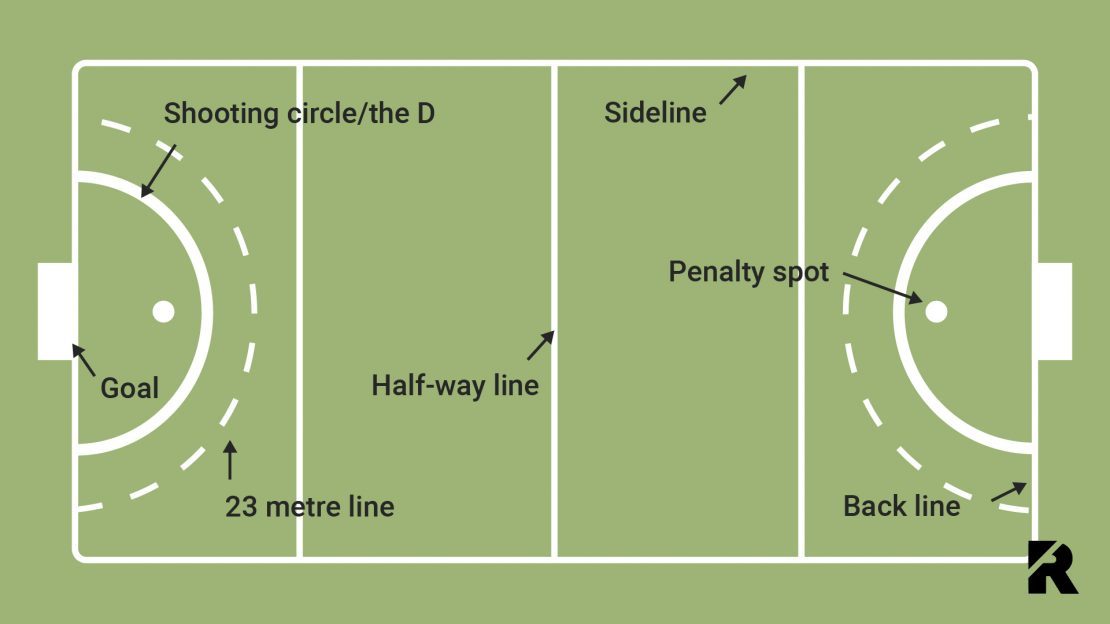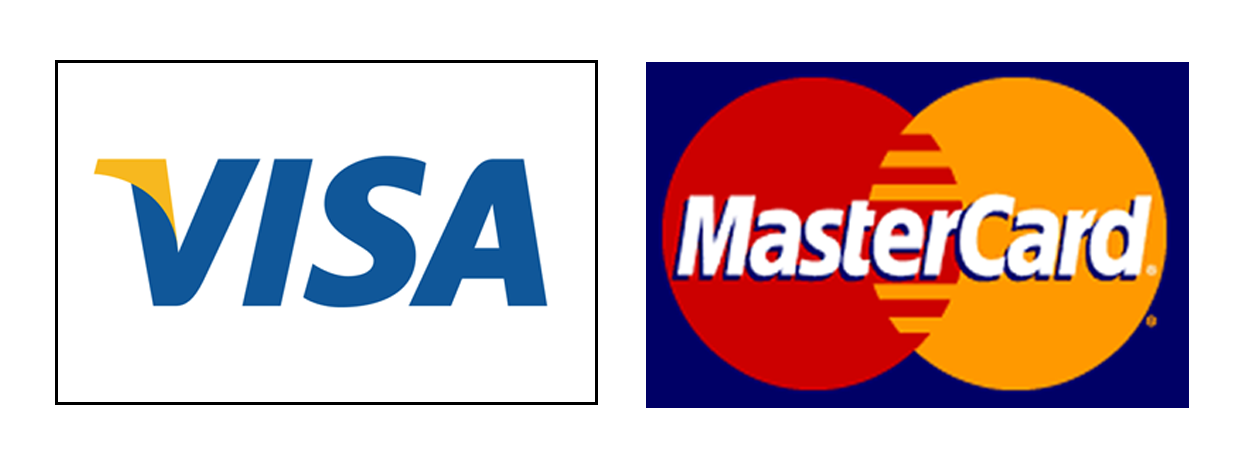Posted on: 7 July 2022
Hockey is one of, if not the most fun and fast-paced sport out there; the slap shots, the game pace, the players. There is no time for dozing off in hockey – something’s always happening, and if you blink, you might just miss it!
Which is why hockey makes for a fantastic workout. It’s one of the best games you can play, due to the alternating run and rest (what’s known as interval training in the fitness world) which improves the efficiency of the cardiovascular system, allowing it to bring oxygen to the muscles more quickly.
So not only is it extremely fun, but it’s also really good for you!
A bit of history
Historical records show that hockey dates back to nearly 4,000 years ago! A crude form of hockey was played in Egypt and Ethiopia using a semicircle-shaped puck made from papyrus fibers and leather. It was later picked up by Romans and Greeks several centuries before Columbus landed in the New World.
Hockey in England in the 17th and 18th century consisted of whole villages playing the game with the objective of hitting the ball into the opposing villages’ common ground. Over the centuries, it developed into the sport we know and love today.
In the mid-19th century, ice hockey was introduced in Canada, replacing the green of the common with ice to make the sport even more fast-paced.
Fun fact: Hockey is one of the most gender-equal sports in the world today.
Hockey basics
A hockey team is made up of 10 field players and 1 goalkeeper. Unlike other games, hockey players can be substituted as many times as they wish to. A hockey game consists of four 15-minute quarters. Players get a 5 minute break at half time, and a 2 minute break in between quarters 1 and 2, and quarters 3 and 4.
Players are split into Forwards (attacking players), Midfielders (both attack and defence) and Defenders (defending players).
A team wins by scoring more goals than their opponent using field hockey sticks and a small ball.
The hockey pitch

You can only score if you are inside a shooting zone (the two semi-circles around the goals, also sometimes called the D zones). If you shoot the ball while standing outside of the zone, the goal is disallowed and the other team gets the ball.
Do’s and Don’ts
The International Hockey Federation (FIH) is the one responsible for all hockey rules. Here are some of the most important ones:
- Only use the flat side of your stick to touch the ball. Even the goalies are required to do so.
- The ball cannot hit another player’s foot (goalies excluded).
- Hockey is a no-contact sport which means players can’t push, pull, trip or shove their opponents.
- Players can’t hit, hook, hold or interfere in any way with an opponent’s stick.
- A player can’t undercut, meaning they are not allowed to dangerously raise the ball.
- Players can’t use their stick to prevent their opponent from reaching the ball.
- A player is not allowed to use their body to advance the ball in any way.
Equipment
Hockey can be quite dangerous, with an extensive range of hockey protective equipment to match! Every piece is designed to protect the players as much as possible.
Hockey stick – most hockey sticks are made of a wood called ash, with a cane handle. The hooked head, which is rounded on one side and flat on the other, is bent using steam. Players must use the flat side to hit the ball with. The stick is about 95cm long. Junior hockey sticks are also available in sizes 24” up to full size 36.5”. To measure a child, hold the hockey stick at their side and it should be just under their hip or belly button.
Hockey ball – the hockey ball is about 7cm in diameter and is usually white. It is made of hard plastic, sometimes with a lightweight cork material in the center.
Face mask – the face mask protects the goalkeeper from the ball, which can travel at up to 160kph (100mph). The best helmets completely cover the head and extend downward to protect the throat, too.
Gloves – the goalkeeper has two different gloves. One glove has a padded palm to stop the ball. The other glove is thinner and helps the goalkeeper pick up the ball when necessary.
Hockey trainers – these can depend on the type of pitch the players are playing on. Football-style footwear is usually worn in grass and multi-studded shoes (over 60 studs on the sole) are worn on man-made pitches.
Kickers – the goalkeeper is the only player who is allowed to touch the ball with their feet. Therefore, they wear special coverings for their feet, called kickers, which they use to block the ball and kick it away from the goal.
Getting on the field
The best way to get your feet on the pitch is to sign up for a local hockey club. Playing hockey with friends is by far the most fun aspect of the game! There are lots of different variations of the game as well, which makes it a very accessible sport. Everyone can play, regardless of age, fitness level or gender.
Play Hockey is a good place to start for those who are new to the game or interested in coming back to it after years away. Simply type in your postcode to locate your nearest club.
In England and Wales, ‘Back to Hockey’ is a campaign offering people of all ages either a complete introduction to the game, or a return to hockey if you happen to have taken a break from playing. Hockey clubs are welcoming to beginners and are likely to help out with equipment and advice.
A few things you can do before getting on the big field:
- During the game, you run while holding your stick – which can be harder than it looks at first glance. Give it a go beforehand so you can get used to carrying it in a match.
- Check your stamina. Hockey requires a lot of running, especially if you’re a midfielder. If you want to be in top shape, start doing some cardio such as running or skipping rope.
- Get used to your gear. It can be quite a lot to get used to.
- Practice hitting the ball with your stick. Bounce the ball along the flat length of your stick. Dribble it wherever you go. Work on turning with the ball, pulling it towards you, and passing it to a teammate. Every movement helps you become a better player.
And there you have it! You are all set to head to the pitch and have yourself an arguably exhausting, yet extremely fun game of hockey.
Still hungry for more? Check out our blog for more articles about all things hockey!
